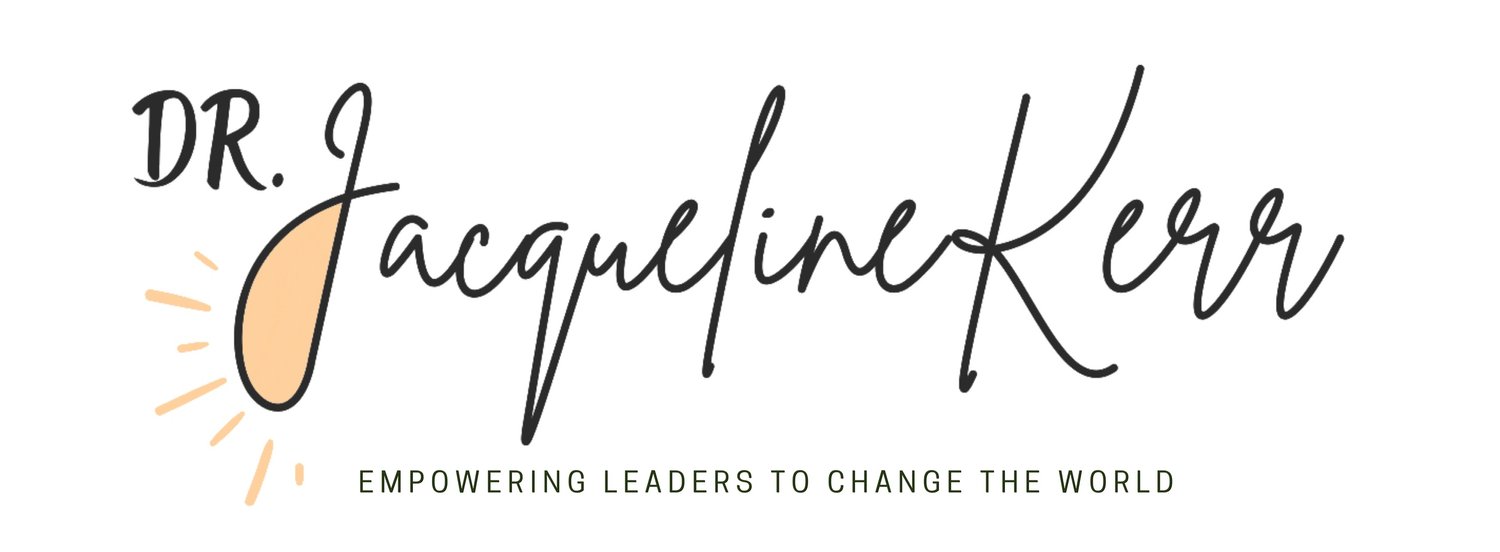Can learning collaboratives help solve the Burnout Epidemic?
I was recently interviewed by Caitlin Donovan 🍳 for her fabulous burnout podcast called Fried. She really challenged me with her questions and asked how can we prevent burnout in our change agents? We know our leaders are burned out and isolated. We know our non profit CEOs burn out. We know our working mothers feel unfulfilled and exhausted. But yet we need these caregivers to lead us into a new era post Covid where caring for others matters. Even though they might be the victims of the system that has burned them out. Can we really ask the victims to stand up and give more?
While there is the challenge of passion leading to burnout, Jennifer Moss also writes about harmonious purpose, where your passion is not draining. Amelia Nagoski and Emily Nagoski write about doing activities with a group of people with a common goal as a way to reset your stress cycle. My therapist told me to find my tribe. Leaders like Amy Henderson founded a collaborative FamTech to support caregiving focused companies. Janice Johnson Dias supports Black girls as change makers through her collaborative summer camps. The ACT Report (https://actreport.com/wp-content/uploads/2021/11/The-ACT-Report.pdf) promises to bring together companies pledging to do more for DEI in technology.
WORKING TOGETHER TOWARDS A COMMON GOALS CAN PREVENT BURNOUT.
But how do we do this in a supportive and productive way?
LEARNING COLLABORATIVES.
They can be called by other names, peer network, action cohort. But the purpose is to provide support to a group of people while they experiment to find out what works for their situation. As a group they learn from each other’s successes and failures. It can be participants from within a company from different departments, or HR leaders from different companies who have not yet found the answer to retain their employee talent.
Learning Collaboratives have been important solutions for healthcare quality improvement projects for many years. And a recent study showed how such an experimental approach to workplace well-being can be highly effective (https://hbr.org/2020/06/what-leading-with-optimism-really-looks-like). It’s so important to understand that for complex problems such as burnout there is not a silver bullet that works for everyone, we have to learn what solutions work best, where and for whom. That way we create a menu of evidence-based options to choose from, tailored to your employee needs.
I also bring my expertise in behavior change science to Learning Collaboratives so that they have the tools to support learning and growth; purposeful Plan-Do-Study-Act cycles, data dashboards to support tracking and evaluation, coaching and open communication to support problem solving, and behavior change principles to support achievable but impactful goals.
Don’t know how to stem the Great Resignation? Afraid to measure burnout because you won’t know what to do to solve it? Frustrated that your investments in self care products for your employees have been ineffective? Worried to admit that your leaders don’t have all the answers? This is new territory for us all. Covid and post Covid has never occurred before. There isn’t a right answer. But there is a way to create a curious and flexible process to show you care about your employee’s mental health – try a LEARNING COLLABORATIVE.
LEARNING COLLABORATIVE OUTLINE
Co-design phase
Core leaders establish buy in and shared ownership
Create shared vision and design for success
Review key collaborative learning processes
Identify experts and support needs
Group facilitation, coaching
Intervention content, skills development
Data and Analytics
Outline timeline
Membership criteria and process
Collaborative learning phase
Building trust
Shared values and expectations
Shared vision and goals
Communication & conflict resolution
Shared resources
Group process
Social support
Peer empowerment
Accountability partners
Celebrating small wins
Experimental process
Needs assessment
Intervention content and goals
Logic models for impact
Plan-Do-Study-Act Cycles, feedback loops
Evaluation process
Metrics of success, key indicators
Qualitative and quantitative tools
Key data and analytics
Dissemination Phase
Learning products e.g. learning toolkits, intervention guides, analytics
Promotion of outcomes and process
Sustainability and scale

